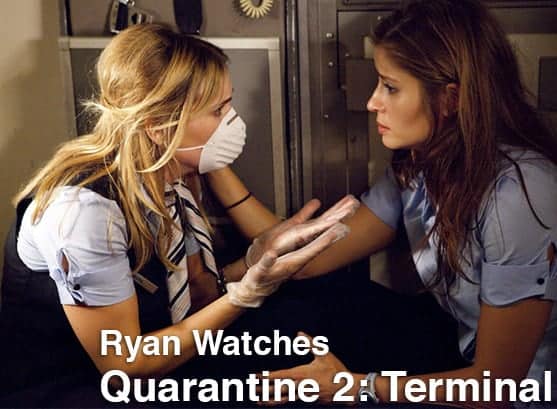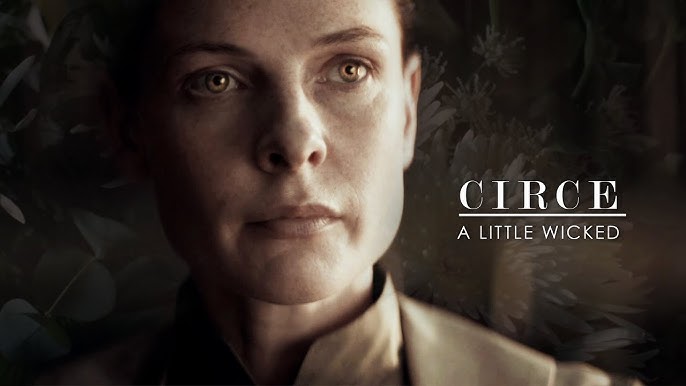Quarantine (2008) – Found Footage Terror in Isolation
Quarantine is a 2008 American horror film directed by John Erick Dowdle and starring Jennifer Carpenter, Steve Harris, Jay Hernandez, and Columbus Short. It is a faithful remake of the acclaimed 2007 Spanish film [REC], and like the original, Quarantine employs a found-footage style to create an intensely claustrophobic and terrifying experience. The film was produced by Screen Gems and has since become a well-known entry in the modern zombie/infection subgenre.
The story follows Angela Vidal (Jennifer Carpenter), a television reporter, and her cameraman Scott, who are covering the night shift of a Los Angeles fire department for a segment on local heroes. What starts as a mundane assignment quickly descends into chaos when the firemen respond to a call from an apartment building. Once inside, they discover that one of the tenants has been infected by a mysterious and violent virus. As more residents begin to show similar symptoms—aggression, superhuman strength, and rabid behavior—the building is abruptly sealed off by the authorities, and all occupants are trapped inside with no explanation.

As the infection spreads, panic and desperation consume the building’s residents. The film is told entirely through the perspective of the cameraman’s footage, adding a raw and realistic intensity to the action. The confined setting—dark hallways, flickering lights, and narrow stairwells—amplifies the tension, making viewers feel as though they too are trapped inside. Carpenter’s performance as Angela is particularly notable; her fear, confusion, and eventual hysteria are portrayed with chilling authenticity.
One of the most frightening aspects of Quarantine is its unpredictability. Characters are picked off in rapid succession, and the viewer never knows what might leap out from the darkness. The film keeps explanations minimal, which helps maintain a sense of dread and mystery. Eventually, it is revealed that the virus has ties to a government experiment gone wrong, but by then, survival is the only thing that matters.

Though Quarantine received mixed critical reviews, it was praised for its effective use of atmosphere and tension. The found-footage approach, while not new at the time, was used skillfully to make the horror feel immediate and immersive. Unlike some horror films that rely on excessive gore or jump scares, Quarantine maintains a steady and suffocating suspense that builds toward a harrowing climax. The final scene—involving Angela crawling through a dark attic and meeting the film’s most terrifying creature—is among the most memorable in modern horror.
Commercially, Quarantine was a modest success, earning over $40 million against a budget of around $12 million. It later spawned a lesser-known sequel, Quarantine 2: Terminal (2011), which shifted from found footage to traditional cinematic style and followed a different storyline involving an outbreak on a plane.
In conclusion, Quarantine stands as a gripping, visceral horror film that effectively uses its format to evoke fear and claustrophobia. Though it may not innovate beyond its source material, its intensity, strong lead performance, and haunting imagery make it a standout in the found-footage genre—and a terrifying reminder of how quickly isolation can turn into chaos.



